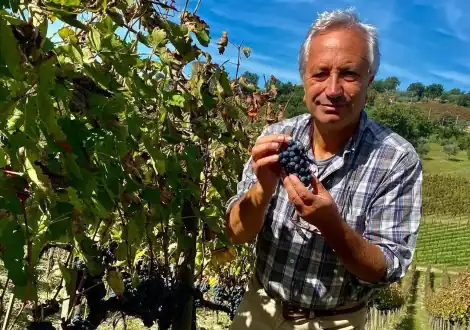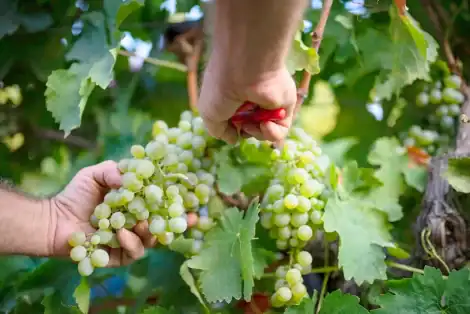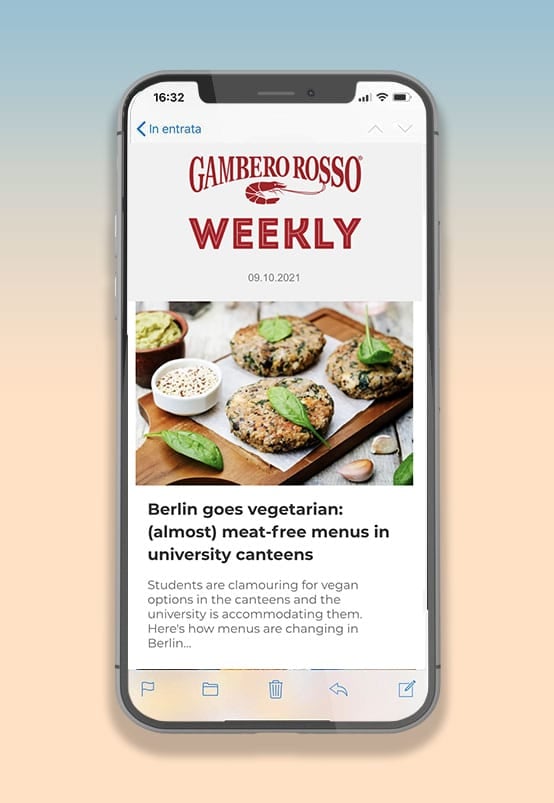An agreement between the United States and Europe leaves a bitter taste in the mouth of Italian companies. The 15% tariffs are not good news, although they do represent a glimmer of hope compared to the previously announced 30% by Trump. Certainly, it remains to be seen whether there will be any exemptions, as the wine industry still hopes, but it's better not to get one’s hopes too high.
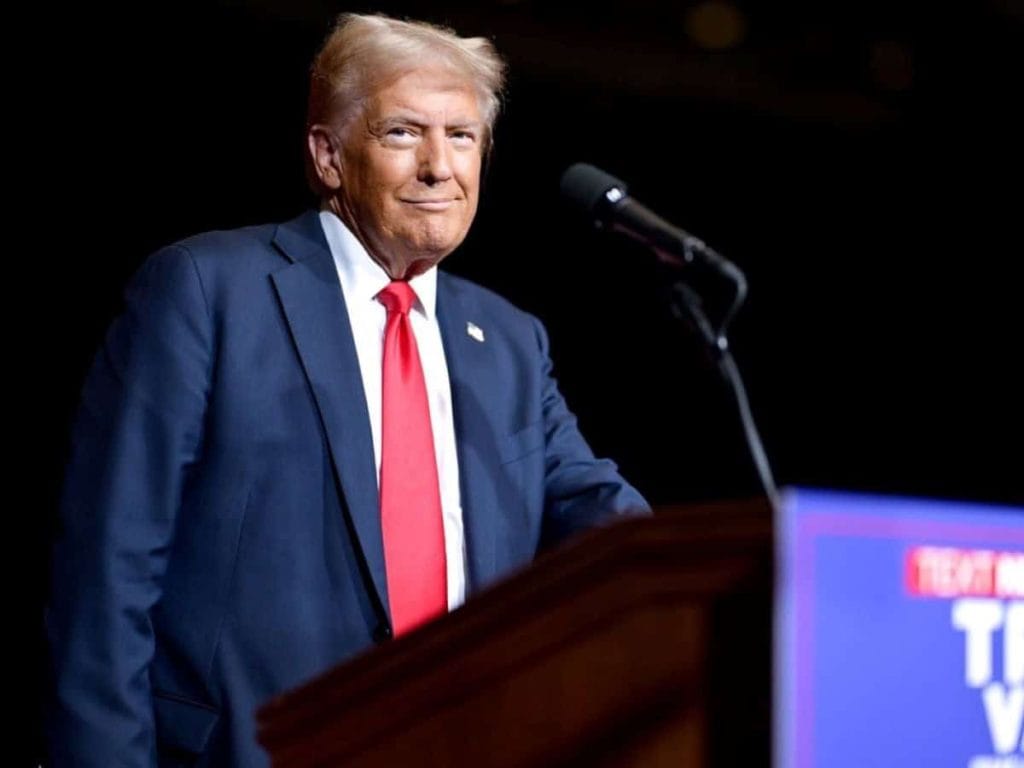
For wine, losses of over 300 million euros
The disappointment of the wine industry associations is clear. “With 15% tariffs, the glass will remain half-empty for at least 80% of Italian wine,” commented the President of Unione Italiana Vini, Lamberto Frescobaldi. “The damage we estimate for our companies is around 317 million euros over the next 12 months, while for overseas trade partners, the loss of income could reach almost 1.7 billion US dollars. The damage would rise to 460 million euros should the dollar maintain its current level of depreciation.”

Moscato d’Asti, Pinot Grigio and Chianti Classico the most exposed
Hence the appeal to the Italian government and the EU to consider appropriate measures to safeguard thesector: “With today’s meeting in Scotland between Presidents Trump and von der Leyen, at least we’ve emerged from the uncertainty that was paralysing the market; now it will be necessary to absorb the loss of income along the supply chain in order to minimise the retail price increase.” According to our analysis at the Observatory, at the beginning of the year, a bottle of Italian wine leaving the cellar at €5 was being sold on the shelf at $11.50; now, between the tariff and the US dollar’s depreciation, the price of the same bottle would be close to $15. The result is that if previously the final price increased by 123% over the ex-cellar value, from today it will soar to 186%. For UIV, the cost becomes even more excessive in the restaurant sector, where the same €5 bottle could end up costing around $60 at the table – with a standard mark-up.
According to the Observatory – should no revenue reduction be activated along the supply chain, which is still a loss – we are likely to find ourselves by the end of 2026 back at the levels seen in 2019. For UIV, as much as 76% (equivalent to 366 million bottles) of the 482 million Italian bottles shipped to the United States last year are in the “red zone,” with an exposure exceeding 20% of total shipments. Wine regions with particularly high exposure include Moscato d’Asti (60%), Pinot Grigio (48%), Chianti Classico (46%), Tuscan DOC reds at 35%, Piedmont reds at 31% including Brunello di Montalcino, and finally Prosecco at 27% and Lambrusco. Altogether, that’s 364 million bottles worth over €1.3 billion, or 70% of Italy’s total wine exports to the United States.
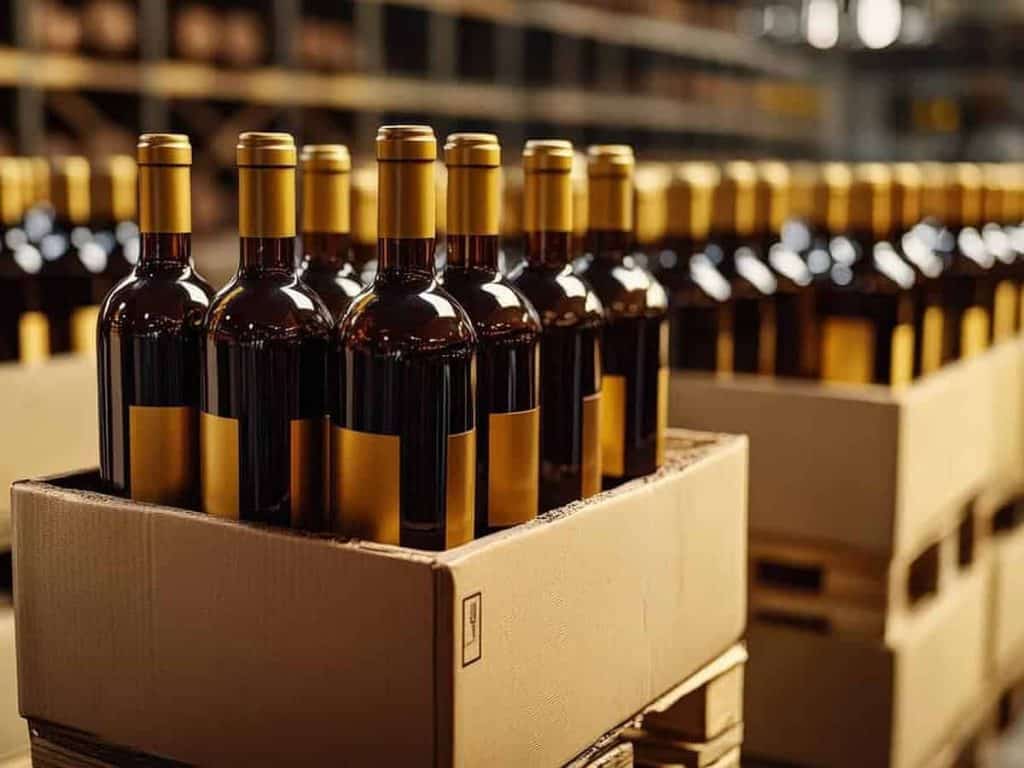
Hope for further negotiations
Federvini also expresses concern. “A 15% tariff poses a clear issue for the sector,” said President Giacomo Ponti, “and the shared goal remains reaching a lower, more sustainable rate for our companies, while keeping in mind that the ideal scenario would be zero tariffs. The hope is that by 1st August, we can still find room to define our trade relations with such a key partner and strategic ally as the United States. It’s important to understand,” Ponti continues, “whether there is space for more in-depth, technical discussion capable of addressing the specificities of individual sectors and different product categories.”
Another sensitive point concerns the method of application: “15% is still a percentage that raises the ad valorem duty,” Ponti clarifies, “but it is essential to know whether this will be a flat rate or if it will be added to existing tariffs. In the latter case, the consequences for the competitiveness of our exports would be even more serious.”

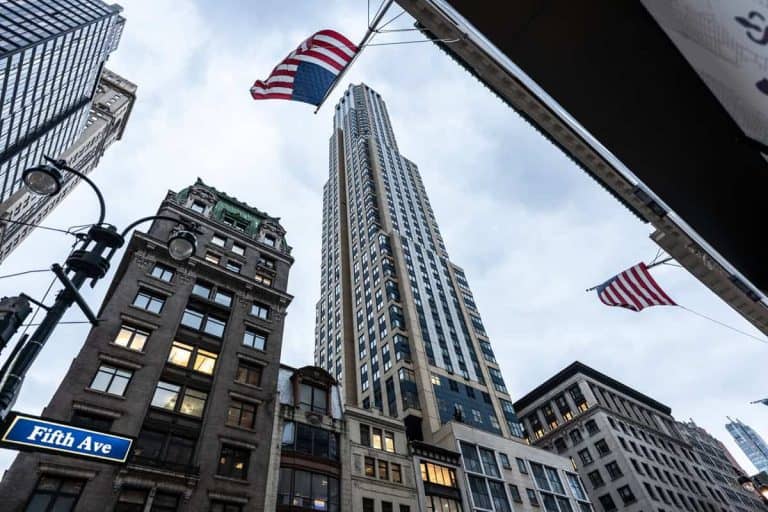
 The former Roman osteria that became a top restaurant loved by VIPs and politicians: the story of Pierluigi
The former Roman osteria that became a top restaurant loved by VIPs and politicians: the story of Pierluigi A Romantic story of Marcello Mastroianni’s mother’s meatballs
A Romantic story of Marcello Mastroianni’s mother’s meatballs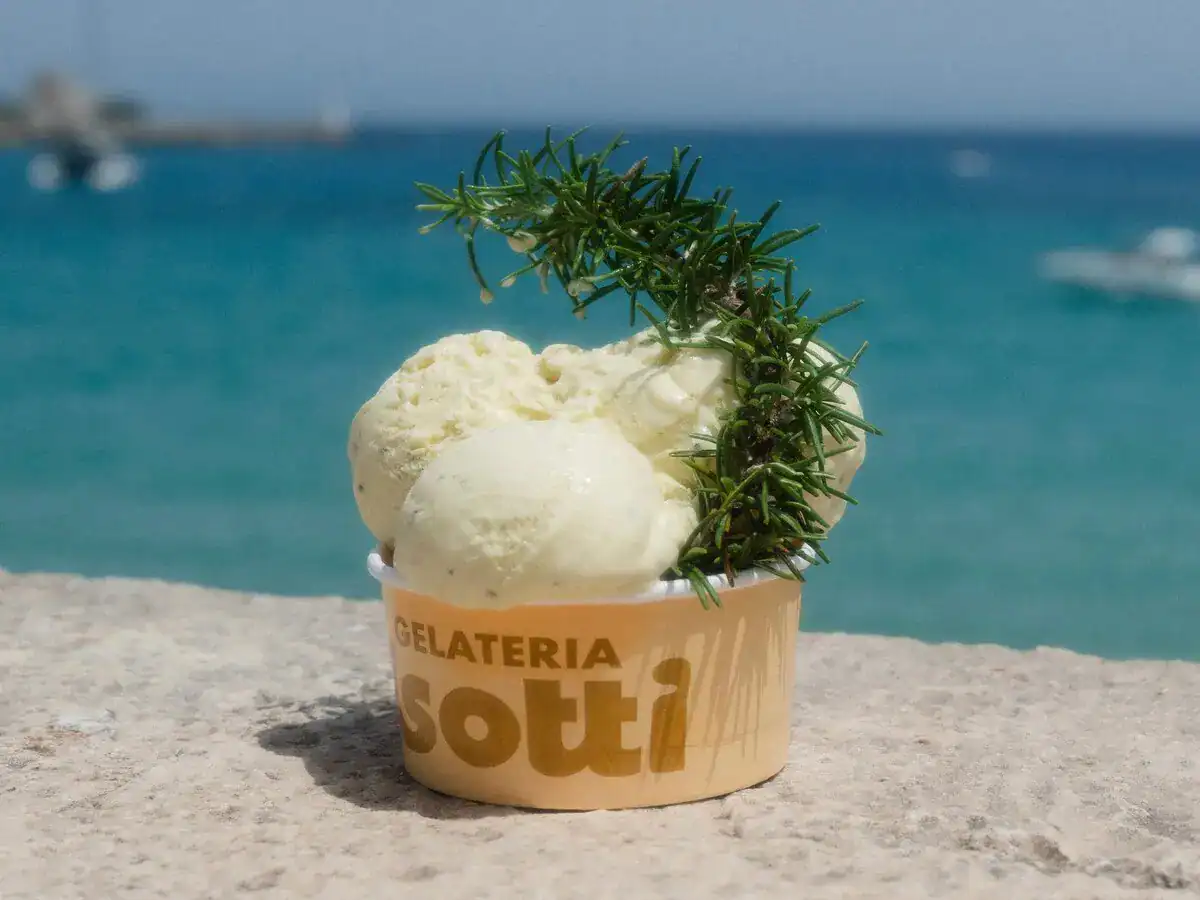 The story of the Salento DJ making ice cream in Italy’s easternmost town
The story of the Salento DJ making ice cream in Italy’s easternmost town Cerasuolo d'Abruzzo Is ready to conquer the future. Here's what the new vintages are like
Cerasuolo d'Abruzzo Is ready to conquer the future. Here's what the new vintages are like "There are no styles in viticulture. Over the past 30 years we have created too many homogenised wines." The warning from Professor Moio
"There are no styles in viticulture. Over the past 30 years we have created too many homogenised wines." The warning from Professor Moio